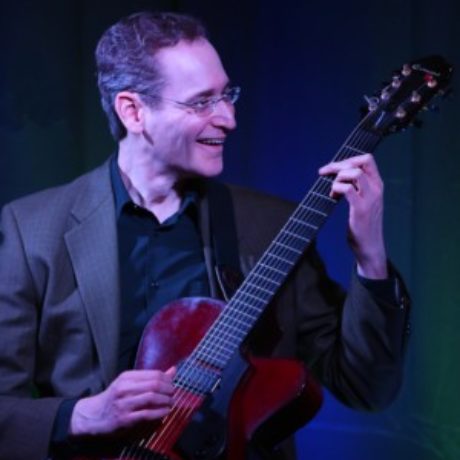Pedal Points, Part 1: Lower Pedals
Course Preview
FREE PREVIEWPlease sign in to track your progress
Sign in to purchase this course
Sign InWhat You'll Learn
- 18 pages of written materials notated in both TAB and standard notation with fingerings.
- Running Time: 162 minutes
Sign in to purchase this course
Sign InCourse Content
1. Pedal Points, Part 1: Lower Pedals
2m 42sReviews & Ratings
Quite simply, this is some of the best guitar instruction I have ever seen. Steve Herberman has mastered the art of teaching, and I always feel so inspired and enabled after watching his classes. Incredible value for money on this one - it runs for 2.5 hours - and each example can potentially keep us busy for hours, as we are always encouraged to use them as a starting point for our own explorations. I cannot recommend this highly enough! I want to get the other Pedal Point classes, but the material shown in this first one is going to last me for ages...
This class is like none other anywhere that I have found. A totally fresh, unique way to organize sounds.
I totally agree with Alex's review above.This is yet another packed to the brim lesson by Steve,with some beautiful pedal point examples to include to your vocabulary.Not only that,but theyre inspirational too to create your own.As Alex stated,theres enough in this lesson to keep you busy for quite some time(like all of Steve's lessons)Its great value for money and a super resource.Looking forward to the next installment.<br /> Well done Steve!
A new masterclass video from our modern day George Van Eps, can it be? Treat yourself to the most concise study on pedal points applied to any harmonic instrument ever, not just the guitar. <br /> <br /> No minute is wasted, no explanation too lengthy. I have many courses from the internet, Jazz Heaven, My Master Classes, Barry Greene, and Mike's. While they are all great, Steve has done something here that is unparallel. I literally could not watch this course in one setting, in one day, in one week. There is that much material packed into this course. <br /> <br /> You get triad pairs, upper structure tensions, George Van Eps movements and much much more. And the use of pedal points is so intential that you will wonder why you never added it to your creative library of sounds. That's a good summary of this course, a comprehensive lexicon of harmony that just happens to be focused around pedal points.<br /> <br /> Okay, stop reading and start downloading. This is just what the music doctor ordered. You're looking at your credit card again. Trust me, that piece of plastic and your ears will thank you. <br /> <br /> Amazing job here, Steve!

